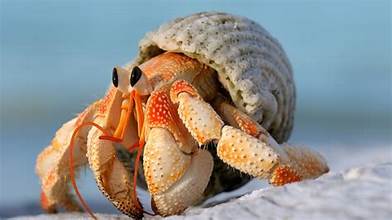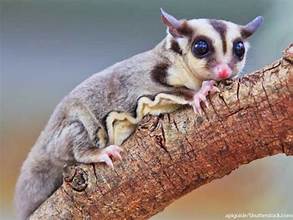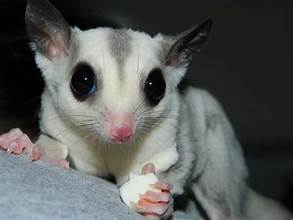Hermit crabs are fascinating creatures with quirky personalities and colorful shells. While they may appear to be low-maintenance pets, understanding their unique needs is essential to their well-being.
Understanding Hermit Crabs:
- Social Creatures:
Like humans, hermit crabs are social animals. They thrive in groups, and keeping them solitary can lead to stress and behavioral issues. Understanding their need for companionship is crucial for their well-being.
- Shell Swapping:
Hermit crabs regularly shed their exoskeletons and require larger shells to grow. Therefore, providing a variety of clean, appropriately sized shells is essential.
Hermit crabs are sensitive to environmental changes, including temperature, humidity, and water quality.
Housing:
- Tank Size:
The minimum tank size for two hermit crabs is a 10-gallon tank. Larger tanks are always better, especially for larger groups.
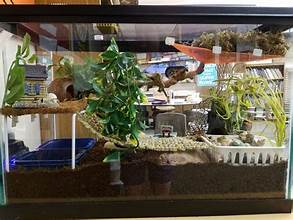
- Substrate:
A deep substrate layer (sand or coconut fiber) is crucial for burrowing, molting, and humidity control.
- Humidity:
Misting the substrate regularly or using a humidifier can maintain high humidity levels (around 70-80%).
- Temperature:
Aim for a temperature range of 72-82°F. Use a heat lamp or mat to maintain a warm spot in the tank.
Diet:
- Omnivores:
Hermit crabs are omnivores and require a varied diet.
- Commercial Hermit Crab Food:
Offer a high-quality commercial hermit crab food as a staple.
- Fresh Fruits and Vegetables:
Provide a variety of fresh fruits and vegetables, such as apples, carrots, and leafy greens.
- Calcium Sources:
Offer cuttlebone, crushed oyster shells, and calcium powder as calcium sources for healthy shell growth.
- Treats:
Occasional treats like small pieces of cooked shrimp or fish can be offered.
Water:
- Freshwater Soaks:
Provide a shallow dish of fresh water for soaking.
- Saltwater Soaks:
Offer a saltwater soak (with a salinity similar to seawater) for occasional cleaning and molting.
Handling:
- Gentle Handling:
Handle hermit crabs gently and avoid dropping them.
- Wash Hands:
Wash your hands thoroughly before and after handling.
- Avoid Frequent Handling:
Excessive handling can stress hermit crabs.
Shell Selection:
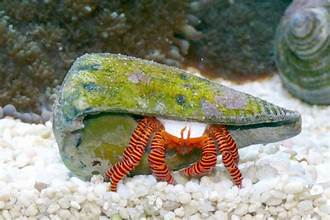
- Variety of Sizes:
Offer a variety of clean, dry shells in different sizes and shapes.
- Check for Sharp Edges:
Ensure shells have smooth edges to avoid injuries.
- Clean Shells:
Clean shells thoroughly before offering them to your hermit crabs.
Common Health Issues:
- Dehydration:
Dehydration is a common problem in hermit crabs. To prevent this, ensure they can access fresh water and maintain proper humidity.
- Shell Rot:
Shell rot is a bacterial infection that can affect the shell. Proper hygiene and a balanced diet can help prevent shell rot.
- Parasites:
Parasites, including mites and ticks, can infect hermit crabs. Regular observation and prompt treatment are essential to prevent these parasites from causing harm to your hermit crabs.
Important Considerations:
- Commitment:
Caring for hermit crabs is not just a hobby; it’s a long-term commitment. With proper care and attention, these fascinating creatures can live for several years, rewarding your dedication.
- Research:
Thoroughly research hermit crab care before committing.
- Observe:
Observe your hermit crabs closely for any signs of stress or illness, such as changes in behavior, loss of appetite, or unusual shell activity. Identifying these signs early can help you address potential health issues promptly.

